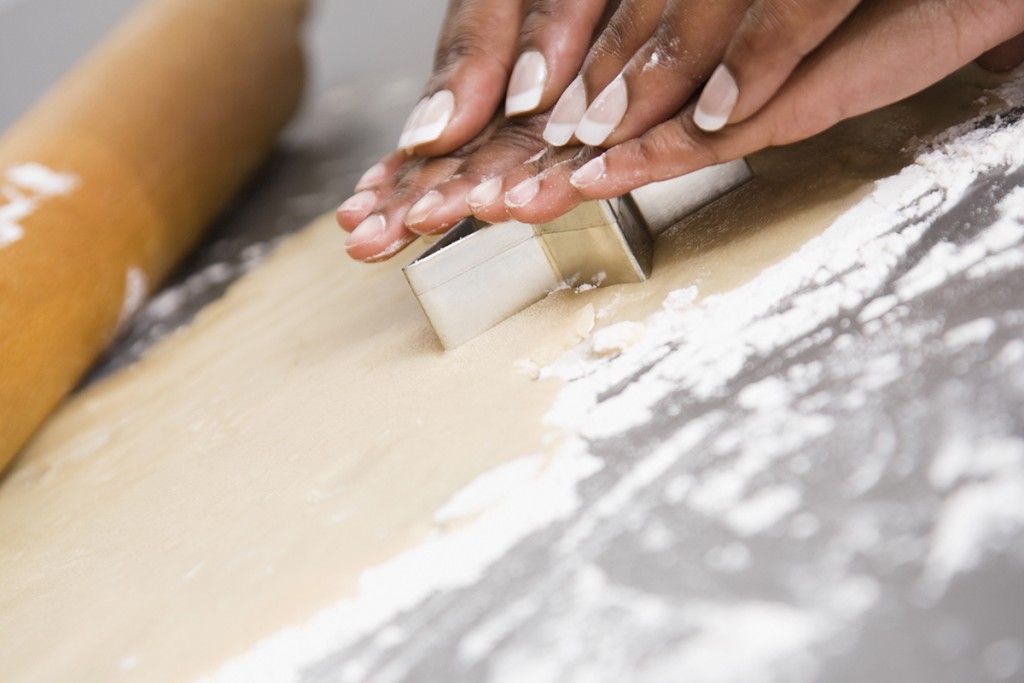Last month I created a personal challenge known as “Waste Not Want Not” with the goal of utilizing all the leftover random ingredients in the pantry to make family meals. I had a ton of cartoned broth, creamed mushroom soup, and assorted grains and legumes. Rather than dashing out to the supermarket several times a week to buy items I didn’t necessarily need, I figured I would try to use up what I had first. Additionally, my family and I were tired of rotating through the same routine meals. Armed with a bunch of borrowed library cookbooks including raw, vegan and vegetarian cuisine, I was ready to try something new!
My two young children are known for having specific food preferences and made it clear they were hesitant to taste any food types other than white pasta or rice. One step that helped get them excited about trying new foods was to have them involved in the cooking process.
Here are 4 basic tips for teaching kids kitchen safety:
Wash Hands Well – my kids are known to briefly swish their hands under a single drop of water from the faucet and I’m always reminding them that this does not constitute good hand hygiene. Cooking in the kitchen is a great way to reinforce the importance of washing hands thoroughly with soap to prevent spread of germs
Utensil Safety – demonstrate how to use age appropriate utensils. With my 4 year old, I showed her how to hold a plastic preschool appropriate knife and how to slice bananas (easy fruit to cut for the little ones) for the smoothie we were making. The 8 year old got a lesson on how to safely use a paring knife for cutting up vegetables and how to grate cheese without slicing the skin off his fingers!
Stove Top Cooking – talk about the importance of staying safe around an open flame. Show how to prevent accidents by turning the handle of a pot towards the back of the stove. Share how to use oven mitts on handles that conduct heat and can get hot. Remind youngsters that steam (observing steam from a boiling pot of water fascinates my two) can burn you! If your child is older, consider showing him/her how to turn the stove on and off
On-the-go Clean Up – eggs got accidentally broken during our prep stage. Encourage clean up as you cook, particularly if any spills occur so as to prevent slipping. Having a few old dishtowels close by is great for this. The best perk of cleaning as you go along, such as re-shelving ingredients right after using them, lessens the time spent cleaning up after cooking
BONUS: Measurement Math – teach your older child how to read a simple recipe (biscuits are great!) and how to do basic measurements. We couldn’t locate the 1 measuring cup so I had my 8 year old use 1/3 and 1/4 cups which helped him to practice basic multiplication in his head. Use a timer to help your little ones understand how long a dish takes to cook – or be prepared to continually answer “Mom is it ready yet???”
Having my kids involved in the preparation of meals has been enjoyable (of note, prep time takes a little longer) and has piqued my family’s interest in trying new foods. Keep these safety rules in mind but most importantly, have fun! How do you teach your children safety when cooking?
